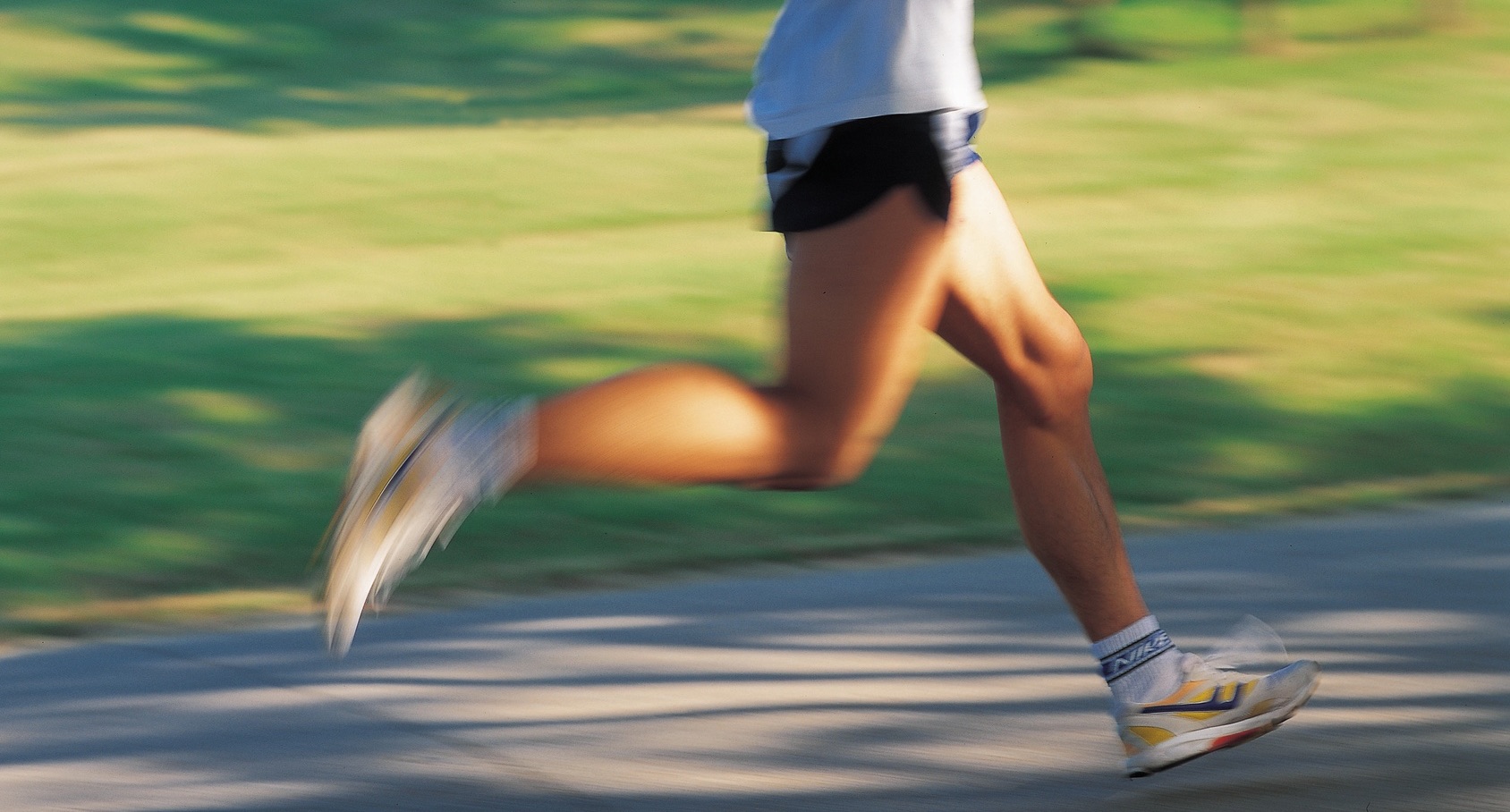
Runner’s come in all shapes and sizes, beginners, elites, and those who train like elites, but when you get down to it, everyone wants to run faster, regardless of their current ability.
There is a long list of things, that when added to your training schedule, will over time enable you to run faster. This could take a period of months or years, and will require a strict training regime and regular self assessment. Not seeing results straight away can be discouraging and it will take a certain level of commitment and determination to persevere with.
However, the good news is, there are immediate actions that can be taken that will give you a boost of fitness and a shot of running speed straight away.
Try making these 5 changes to your training and you will see improvements in a matter of weeks.
1. Add Strides at the end of runs
Strides are one of the best drills runners can do. They will not only help improves leg speed and turnover, but very importantly they will help develop proper running form.
To add strides into your training, run five to eight strides, each roughly 100m after 60% of your weekly runs.
To perform strides correctly, gradually increase your speed over the 100m to 90% of your maximum speed and hold that effort for 10m, before coasting to a stop. Lightly jog for 20 seconds, and go again.

2. Add a dynamic warm-up before your run
Before a run, most runners either don’t stretch, or do static stretching, such as standing and touching your toes. However studies have shown that static stretching before a run or workout is of little benefit and possibly increases the chance causing an injury.
So, forget what you have done before a run in the past, and start doing a dynamic warm-up. Dynamic warm-up drills could simply be, easy jogging on the spot, followed by dynamic stretching, such body weight squats or lunges.
3. Try adding a 15 minute core circuit
Runner’s have a tendency to neglect every type of exercise apart from running, but eventually this catches up, and injuries develop. Without delving to much into strength and conditioning for runners, (we could be here all day) an aspect of conditioning that must be worked on for runners, is developing a strong core. A simple 15 minute core circuit routine, a few times a week is more than enough. Doing this will not only develop core strength, but it will improve your posture, when increasing your running speed.
There is a multitude of core exercises that can be performed, but to get you started try, this simple plank circuit routine; standard plank – hold for 60 seconds, plank up downs – 20 reps, side planks – 30 seconds each side, and spiderman planks – as many as you can in 30 seconds. Repeat this drill until the 15 minutes is up. Do this a few times a week, after a run, and straight away you will notice the difference it makes to your posture.
4. Mix it up, try short and fast
Varying the intensity, and distance of your runs, is one of the easiest ways to get faster.
Many runners fall into the comfort zone of running the same pace all the time. Mix this up, and add one workout per week that’s short high-intensity intervals, this could be on the track, in the park or hills, and a tempo workout, increasing your pace as your run progresses.
These workouts will help engage fast-twitch fibers, and after a couple of weeks you will see noticeable improvements
5. Forget pace, and run how we feel
Today runners can depend too much on GPS devices and apps. This over reliance on technology, can lead to inaccuracies in the ‘actual’ effort you exert during a workout. For example when running over a hilly terrain, your pace will vary whether running on the flat terrain, or going up and down a hill.

Trying to maintain the same pace over this type of terrain is near impossible and will require different levels of effort throughout. One of the best ways to run, is to run based on heart rate, running this way gives an accurate assessment on effort, and after a few runs you will quickly learn how this relates to actual pace. So, try leaving the GPS device behind for a few runs and listen to your heart rate. The benefit of this, is that by accurately understanding your effort, you learn to take it easy on easy runs, which will leave you fresh for your actual hard workouts.













